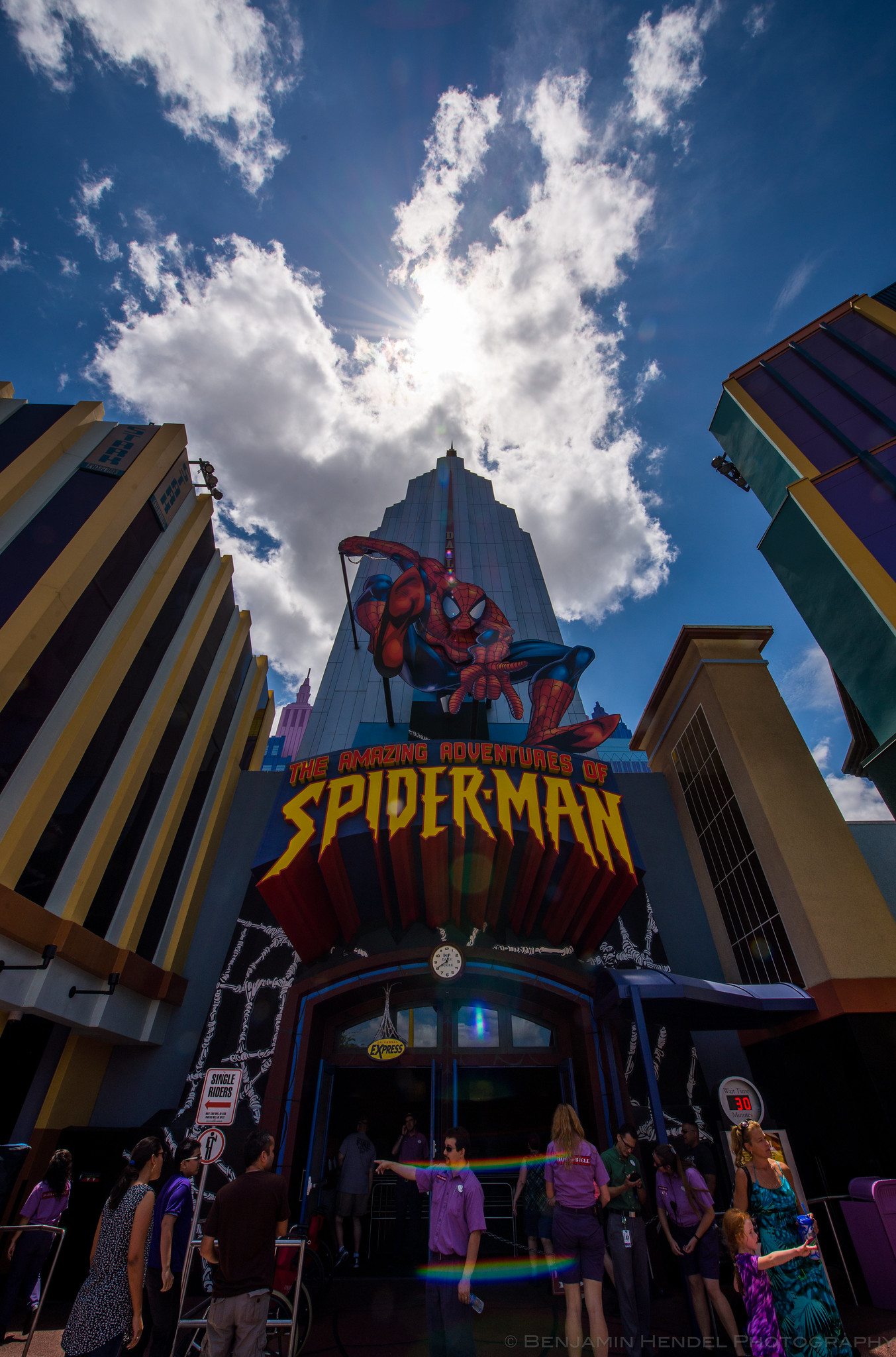I'm getting really frustrated with my photography recently, the colors that I see with my eyes seem really washed out when I try to photograph them. The reds of the soil seem brown, the blues and greens in the vegetation seem muted and lifeless.
I'm shooting with a Nikon D80 body and Nikon lenses.
This shot looked way better in person, the reds of the soil and the rust on the desk were much more red and the vegetation was green with a bit of blue. None of that comes out in the photo and the gray sky is completely washed out with no definition to the clouds at all.

These two images are of the same subject at the same time. One was taken with the camera set to the "sunny sky" white balance setting, the other with the "overcast sky" setting. Neither do a good job of getting the reds and browns of the building and the greens of foliage. All the photos taken at this location also had a washed-out sky and showed no cloud definition at all.


This is another building at the same location, this time showing how washed out the sky appears

Reds and greens both appear muted here, but not as bad.

All my photos look this way, none seem to capture the colors that I'm seeing and it is starting to get very frustrating. I know how to get the effects I want with a film camera, but digital just doesn't seem to behave the same way. If I'm shooting black and white and want cloud definition I would put on a K2 filter, with color I would use a polarized filter - but none of that helps with the color saturation. If I was going to shoot for greens and blues I would typically use Fuji film, for reds and yellows I would shoot Kodak.
Is there something I can do with manually adjusting the white balance on the camera? Is there some other setting deep in that computerized monstrosity that will get me the colors that I'm looking for?
I'm shooting with a Nikon D80 body and Nikon lenses.
This shot looked way better in person, the reds of the soil and the rust on the desk were much more red and the vegetation was green with a bit of blue. None of that comes out in the photo and the gray sky is completely washed out with no definition to the clouds at all.

These two images are of the same subject at the same time. One was taken with the camera set to the "sunny sky" white balance setting, the other with the "overcast sky" setting. Neither do a good job of getting the reds and browns of the building and the greens of foliage. All the photos taken at this location also had a washed-out sky and showed no cloud definition at all.


This is another building at the same location, this time showing how washed out the sky appears

Reds and greens both appear muted here, but not as bad.

All my photos look this way, none seem to capture the colors that I'm seeing and it is starting to get very frustrating. I know how to get the effects I want with a film camera, but digital just doesn't seem to behave the same way. If I'm shooting black and white and want cloud definition I would put on a K2 filter, with color I would use a polarized filter - but none of that helps with the color saturation. If I was going to shoot for greens and blues I would typically use Fuji film, for reds and yellows I would shoot Kodak.
Is there something I can do with manually adjusting the white balance on the camera? Is there some other setting deep in that computerized monstrosity that will get me the colors that I'm looking for?

